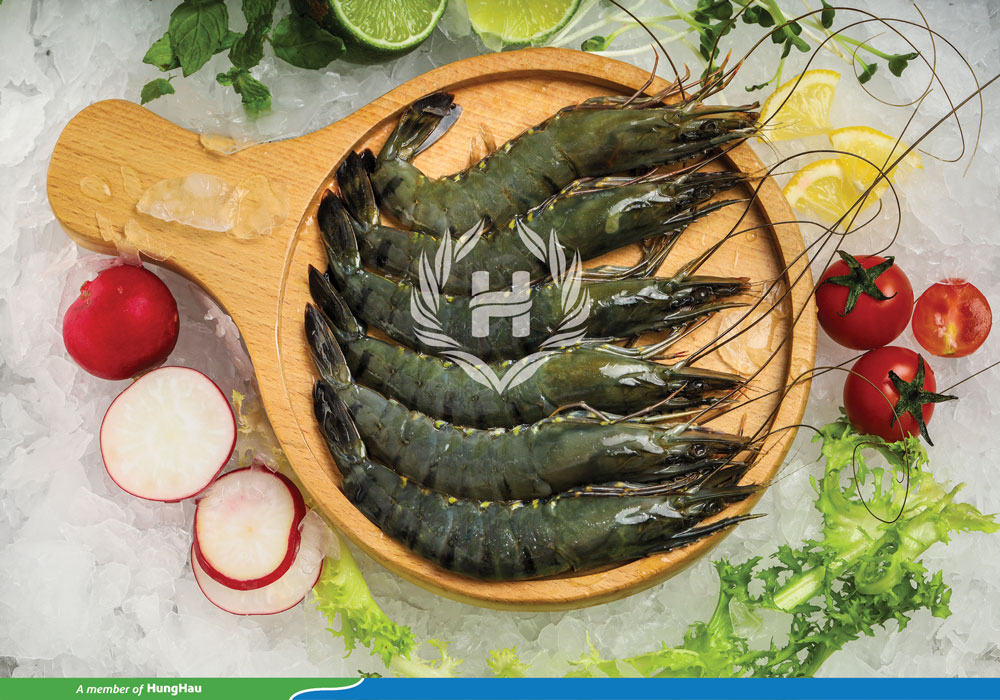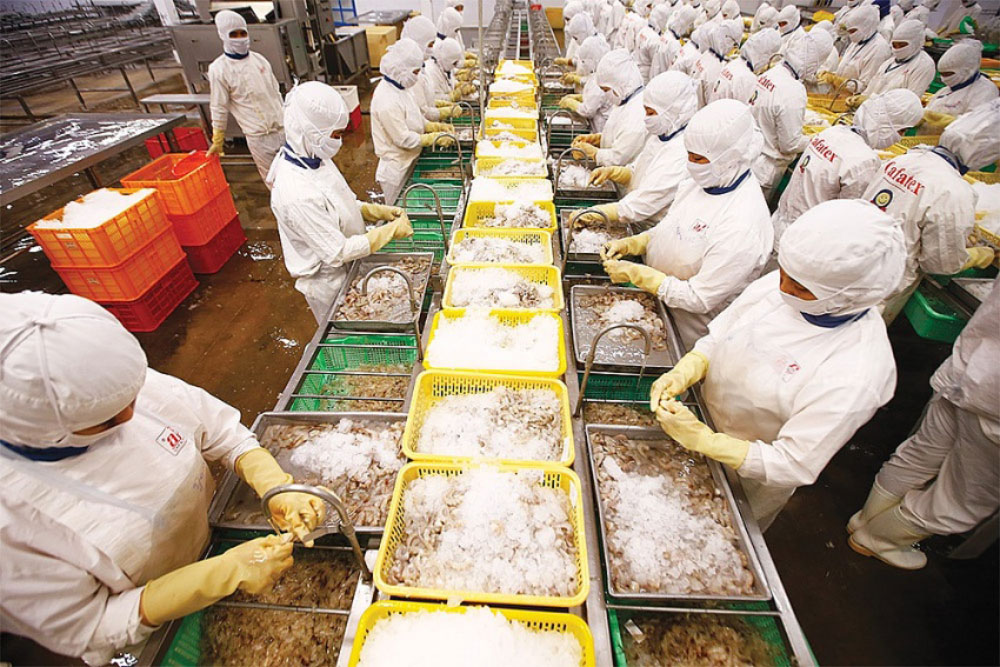Vietnam Seafood
Full shrimp potential still outwith reach
The export market in the first half of this year has painted a decent picture for shrimp businesses, but generally still behind the country’s previous medium-term ambitions
Shrimp is one of the top five seafoods that have seen a strong growth in its export proportion in the first five months of the years, along with catfish, tuna, crab, and crustaceans, according to a members conference organised by the Vietnam Association of Seafood Exporters and Producers (VASEP) last week.
According to VASEP general secretary Truong Dinh Hoe, shrimp exports reached $1.3 billion, accounting for over 30 per cent of the seafood export value and increasing by 7 per cent compared to the same period last year. But in 2018, Vietnam aimed for $10 billion in exports by 2025.
“While white-legged shrimp remains the highest value product, reaching $935 million and accounting for 72 per cent of the total shrimp export market share, lobster is the product with the most remarkable growth, nearly 70 times higher than the same period last year, with an export value of over $106 million. Additionally, exports of spear shrimp, giant freshwater prawn, mantis shrimp, and others have also shown positive results,” he said.
According to Do Ngoc Tai, CEO of TAIKA Seafood Corporation, the growth in shrimp export volume was mainly driven by the Chinese market.
“China has now surpassed the US to become Vietnam’s number one shrimp import market, accounting for 20 per cent of the total volume,” Tai said. “The strongest increase in import demand is for green lobster and white-legged shrimp.”
Other export markets like the United States also experienced a rise in shrimp export value by 4 per cent, accounting for 17 per cent of the total export market share. Additionally, shrimp exports to countries such as Canada, the United Kingdom, and Russia have seen significant positive developments with export values increasing by over 51 per cent, over 15 per cent, and over 332 per cent respectively compared to the same period last year. Despite improvements, the export outlook for the shrimp industry towards the end of the year remains unpredictable.
Nga Bui, deputy head of the Quality Department at Southern Shrimp JSC said that political conflicts and global economic downturn had impacted the consumption of shrimp. Additionally, the sharp increase in transport costs and input prices has adversely affected the industry.
“The Red Sea crisis has led to a significant increase in logistics costs, causing extended delivery times for goods shipped from Vietnam. As a result, some importers in Europe have shifted their sourcing to markets like Ecuador, Brazil, and Chile, where prices are more affordable and delivery times faster,” she said.

Nga added that the US and China were two potential export markets for Vietnamese shrimp products, but the local sector still has to compete with Ecuador and India’s. Meanwhile, exports to the EU are hindered by sustainability certification issues such as Aquaculture Stewardship Council, as well as upcoming regulations on greenhouse gas emissions.
Meanwhile, the price of raw shrimp in Vietnam is considerably higher compared to the likes of India, Ecuador, or Thailand. “The export prices of Vietnamese shrimp still face challenges in competing with other countries, especially when it comes to exporting raw shrimp such as whole shrimp, peeled tail-on shrimp, peeled and deveined shrimp,” Nga said.
According to a representative from Viet Uc Seafood Corporation, an Australian company fully integrated into the shrimp value chain in Vietnam, high production costs are one of the main factors causing Vietnamese shrimp export businesses to gradually lose their competitive advantage in the EU market.
“Inflation and recession are causing EU consumers to tighten their spending, change their consumption behaviour and tend to choose cheaper products as substitutes,” he said.
Furthermore, Vietnamese seafood exports to this region mainly consist of frozen, raw, or minimally processed products. High-value products are still limited, thus not fully capitalising on the advantages of tariff preferences provided by the EU-Vietnam trade deal, the representative said.
Last year, Viet Uc inaugurated a 10-hectare processing plant, utilising over 70 per cent automated tech for the processing of shrimp for export.
Vietnam is currently the world’s second-largest exporter of shrimp, accounting for 13-14 per cent of the total global shrimp export value, following China.
(Source: https://seafood.vasep.com.vn/)



 Tiếng Việt
Tiếng Việt